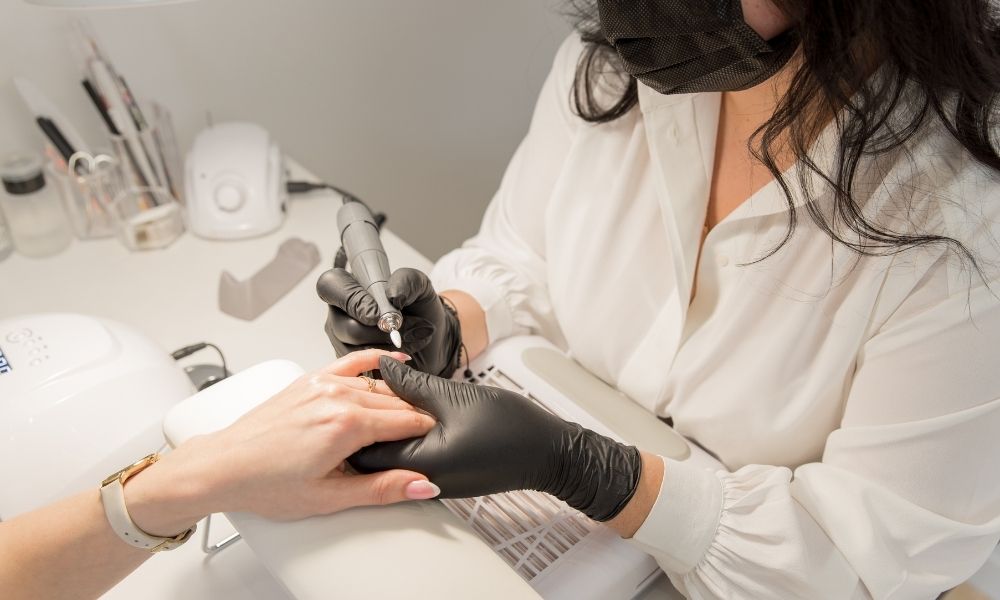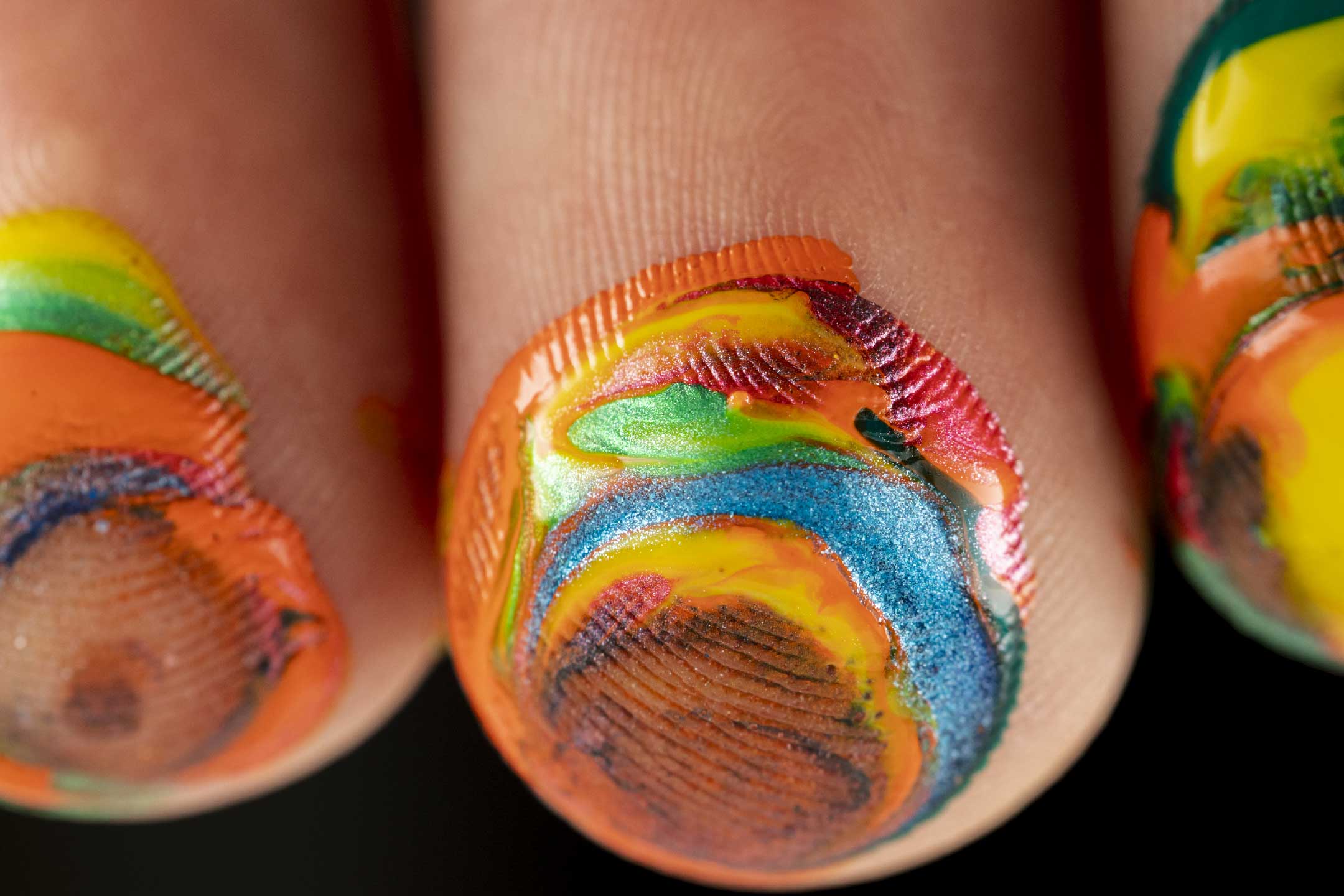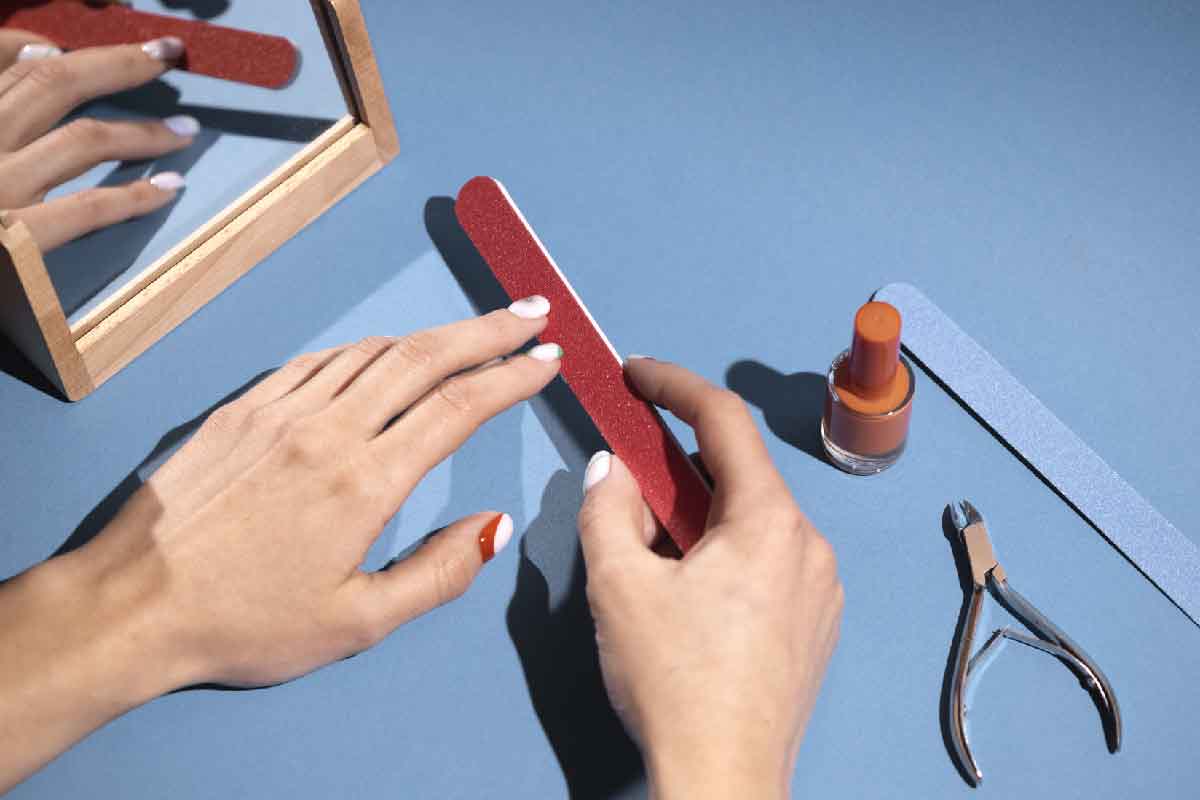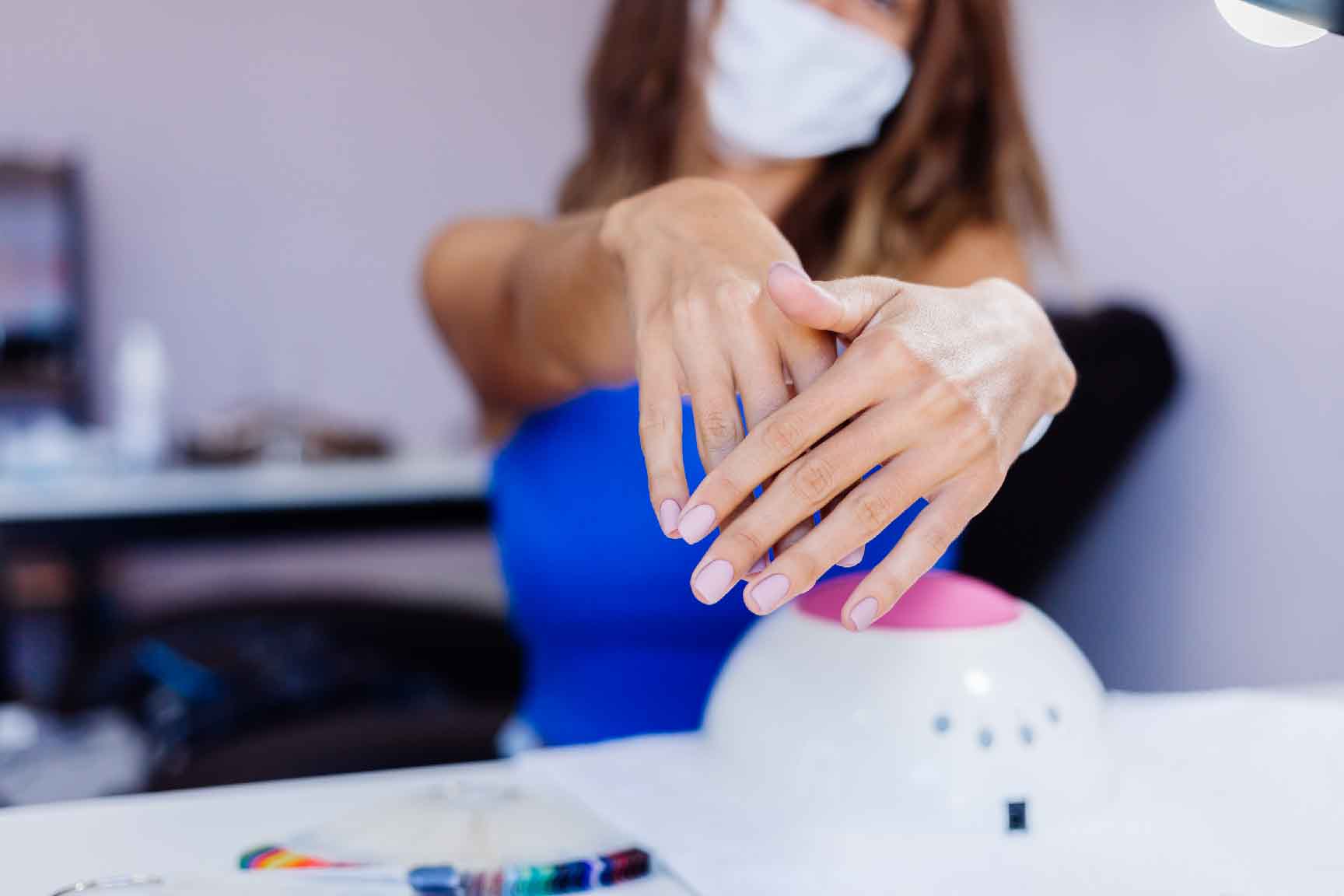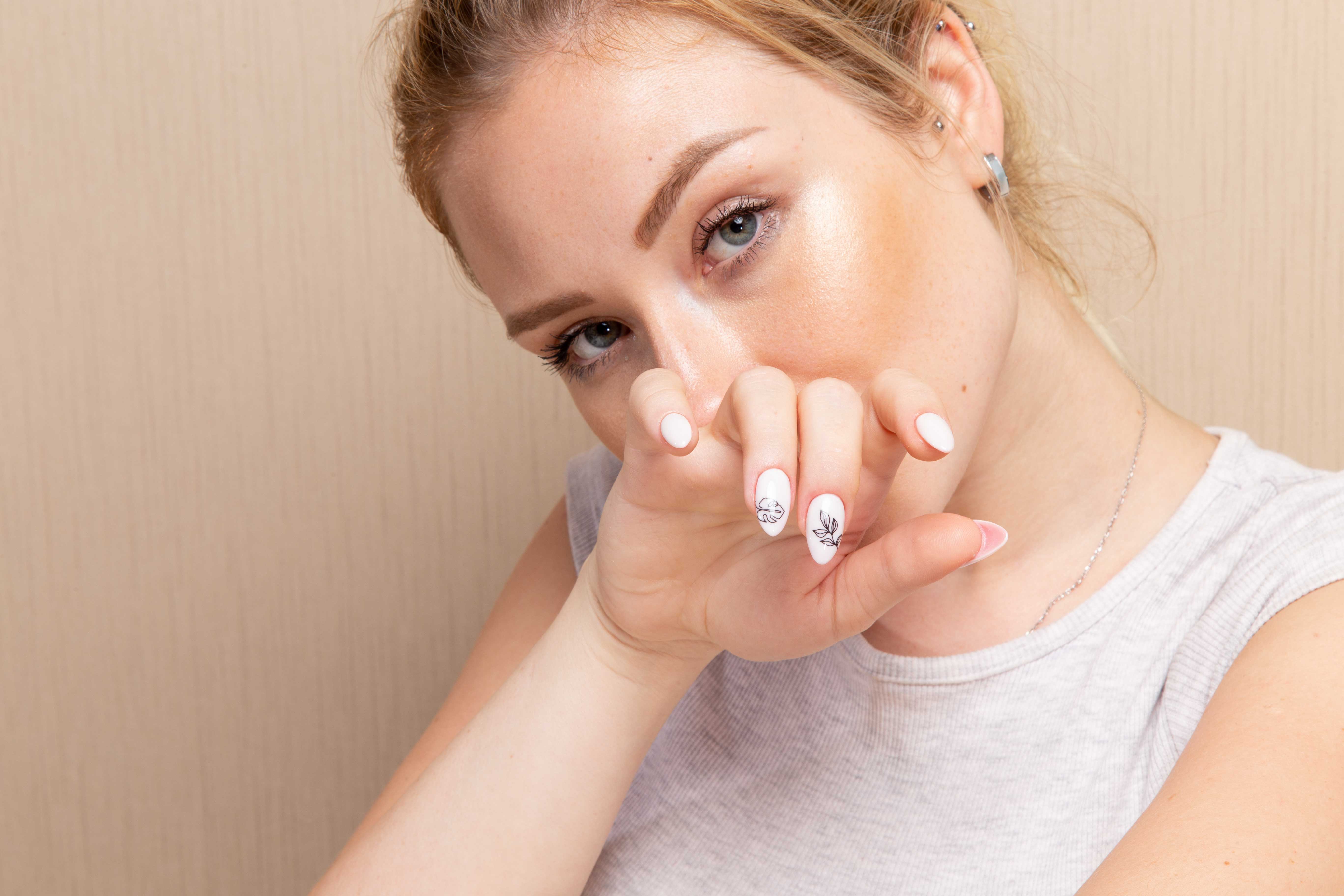
Fake Nails vs Natural Nails: Complete Pros and Cons Comparison
Choosing between fake nails and natural nails is one of the most common dilemmas faced by women who care about beauty and want gorgeous nails. Today, we'll provide a comprehensive comparison of the advantages and disadvantages of both options to help you make an informed decision that suits your lifestyle and preferences.
What Are Fake Nails?
Fake nails, also known as nail extensions or artificial nails, involve using synthetic materials to extend natural nails for added length and beauty. There are several types available:
Types of Fake Nails:
- Acrylic Nails - Made from acrylic powder mixed with liquid monomer
- Gel Nails - Using special gel that cures under UV or LED light
- Press-on Nails - Pre-made nails attached with adhesive
- Dip Powder Nails - Nails dipped into colored powder
- Fiberglass Nails - Using fiberglass for reinforcement and strength
Advantages of Fake Nails
1. Instant Length and Perfect Shape
Fake nails provide immediate length and beauty without waiting months for natural nail growth. You can customize the shape according to your preference - square, round, almond, ballerina, or any trendy shape you desire.
2. Superior Durability and Strength
Fake nails are significantly stronger than natural nails and resistant to breaking or chipping. This makes them ideal for people who use their hands frequently in daily activities, such as office workers, healthcare professionals, or retail employees.
3. Versatile Design Options
Fake nails offer unlimited possibilities for nail art. You can apply beautiful colors, add rhinestones, crystals, stickers, or other decorations with confidence that they'll stay secure. They're perfect for special occasions, weddings, or important events where you want to make a statement.
4. Concealing Natural Nail Problems
If your natural nails have issues such as being too short, cracked, bitten, irregularly shaped, or uneven, fake nails can effectively hide and correct these problems, giving you the perfect manicure you've always wanted.
5. Time-Saving Beauty Solution
Having beautiful fake nails helps you look polished and well-groomed, reducing the time needed for daily beauty routines while boosting your confidence.
6. Professional Appearance
Well-maintained fake nails can enhance your professional image and make a positive impression in business settings or client meetings.
Disadvantages of Fake Nails
1. High Cost
Getting and maintaining fake nails is expensive. Initial application typically costs $25-$80, with regular fills every 2-3 weeks costing $20-$50. Over time, this becomes a significant financial investment, potentially costing $100-$300+ per month.
2. Potential Damage to Natural Nails
The chemicals used, filing process, and removal of fake nails can damage natural nails, making them thin, weak, dry, or brittle. This is especially true if the work is done by inexperienced technicians or if proper aftercare isn't followed.
3. Limitations in Daily Activities
Long fake nails can create limitations in various activities:
- Typing on keyboards or using touchscreens
- Using smartphones or tablets effectively
- Household chores like washing dishes or cleaning
- Exercising, especially yoga or weightlifting
- Inserting contact lenses
- Fine motor skill tasks
4. Risk of Infection
If nail salons don't maintain proper hygiene or sterilize equipment correctly, there's a risk of bacterial or fungal infections. Sharing tools or creating wounds during the manicure process can lead to serious health issues.
5. Maintenance Dependency
Once you start getting fake nails, it becomes difficult to stop because natural nails appear short and unattractive in comparison. This creates a cycle of dependency that can be both time-consuming and expensive.
6. Chemical Exposure
Regular exposure to the chemicals used in fake nail application (acrylates, formaldehyde, toluene) may cause allergic reactions or sensitivity in some individuals.
Advantages of Natural Nails
1. Natural and Safe
Natural nails don't involve harmful chemicals, eliminating concerns about allergic reactions or irritation. They're perfect for people with sensitive skin or those who prefer to avoid chemical exposure.
2. Cost-Effective
Caring for natural nails is much more affordable. You only need:
- Hand and nail cream
- Cuticle oil
- Basic nail polish
- Simple nail care tools
The total cost is typically under $30-50 and lasts several months.
3. Flexibility in Daily Use
Natural nails provide complete flexibility for all daily activities without any limitations. You can use your hands at full capacity for work, sports, hobbies, and household tasks.
4. Long-term Nail Health
Proper natural nail care promotes healthy growth, strength, and natural pink color. This investment in nail health pays off over time with stronger, more beautiful nails.
5. Travel Convenience
No need to worry about scheduling salon appointments or maintaining your nails while traveling. Natural nails give you complete freedom and flexibility in your schedule.
6. Professional Versatility
Well-maintained natural nails are appropriate for any profession, including healthcare, education, food service, or any job requiring cleanliness and safety.
7. No Damage Risk
Natural nail care, when done properly, actually strengthens and improves nail health rather than causing damage.
Disadvantages of Natural Nails
1. Length and Shape Limitations
Natural nails require patience to grow, typically growing only 2-3mm per month. Some people naturally have nails that grow slowly or have unattractive shapes, such as being too curved or too flat.
2. Fragility and Breaking
Natural nails are more prone to breaking and chipping, especially when longer. A broken natural nail can be painful and takes time to grow back.
3. Requires Patience and Consistency
Growing beautiful natural nails takes time and patience. You need consistent care for several months to see significant results.
4. Limited Decoration Options
Short natural nails may limit certain nail art designs or the ability to apply heavy decorations like large rhinestones or complex 3D nail art.
5. Color Limitations
Natural nails may not hold certain nail polish colors as vibrantly or as long as fake nails, especially darker or more dramatic shades.
6. Maintenance Challenges
Natural nails require regular filing, shaping, and cuticle care to maintain their appearance. Without consistent maintenance, they can look unkempt.
Making the Right Choice: Fake Nails vs Natural Nails
The decision between fake nails and natural nails ultimately depends on your personal preferences, lifestyle, and priorities. Consider these factors when making your choice:
Choose Fake Nails If:
- You want instant length and dramatic nail art
- You attend frequent special events or work in appearance-focused industries
- You have nail-biting habits or damaged natural nails
- You don't mind the ongoing cost and maintenance
- You're comfortable with potential chemical exposure
Choose Natural Nails If:
- You prefer a low-maintenance, cost-effective approach
- You have an active lifestyle or work with your hands
- You value long-term nail health over immediate results
- You want complete flexibility in daily activities
- You prefer to avoid chemical exposure
Tips for Healthy Nails (Both Fake and Natural)
Regardless of your choice, follow these tips for optimal nail health:
For Fake Nails:
- Choose reputable salons with proper hygiene practices
- Don't pick or bite at fake nails
- Moisturize cuticles and surrounding skin regularly
- Take breaks between applications to let natural nails recover
- Remove fake nails professionally to minimize damage
For Natural Nails:
- Keep nails clean and dry
- Use cuticle oil daily
- File nails in one direction to prevent splitting
- Wear gloves when cleaning or doing housework
- Eat a balanced diet rich in biotin and protein
- Avoid using nails as tools
Final Thoughts
Both fake nails and natural nails have their place in the beauty world. The best choice is the one that aligns with your lifestyle, budget, and personal preferences. Remember that nail trends come and go, but healthy nails are always in style. Whether you choose the glamour of fake nails or the simplicity of natural nails, proper care and maintenance are key to achieving beautiful, healthy-looking nails.
Consider starting with natural nails if you're unsure, as they provide a good foundation for healthy nail growth. You can always transition to fake nails later if desired. The most important thing is to choose an option that makes you feel confident and comfortable in your own skin.
Ready to make your nail decision? Consult with a professional nail technician or dermatologist to determine the best approach for your specific nail type and lifestyle needs.

